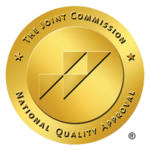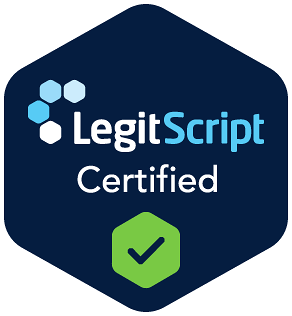Finding the best rehab centers in United States requires careful research and understanding of quality indicators. The right facility can make the difference between successful recovery and continued struggle with addiction.
We at Amity Palm Beach know that choosing treatment feels overwhelming when facing countless options. This guide breaks down what separates exceptional facilities from average ones, helping you make an informed decision for lasting recovery.
What Separates Elite Rehab Centers from Average Ones
The Joint Commission accreditation stands as the gold standard for rehab facilities, with only facilities that meet rigorous safety and quality standards earning this recognition. CARF accreditation adds another layer of credibility and focuses specifically on rehabilitation outcomes and evidence-based practices. These certifications represent more than paperwork – they demonstrate hundreds of hours of evaluation and show a facility’s commitment to patient safety.
Staff Qualifications Define Treatment Quality
Top centers employ board-certified addiction medicine physicians, licensed clinical social workers, and certified addiction counselors who maintain continuing education requirements. Staff qualifications matter more than most people realize when it comes to recovery outcomes. Premium facilities require their clinical teams to hold advanced degrees and specialized certifications in addiction medicine, while average centers often rely on staff with minimal training or outdated credentials.
Staff-to-Patient Ratios Make Recovery Possible
Premium facilities maintain staff-to-patient ratios that allow for individualized care during peak treatment hours, while average centers often operate at higher ratios. This difference translates to personalized attention versus generic group sessions. Research indicates that most addicted individuals need at least 3 months in addiction treatment to significantly reduce or stop their drug use. Quality centers schedule licensed clinicians to conduct individual therapy sessions at least three times weekly (not just group facilitators with minimal training).
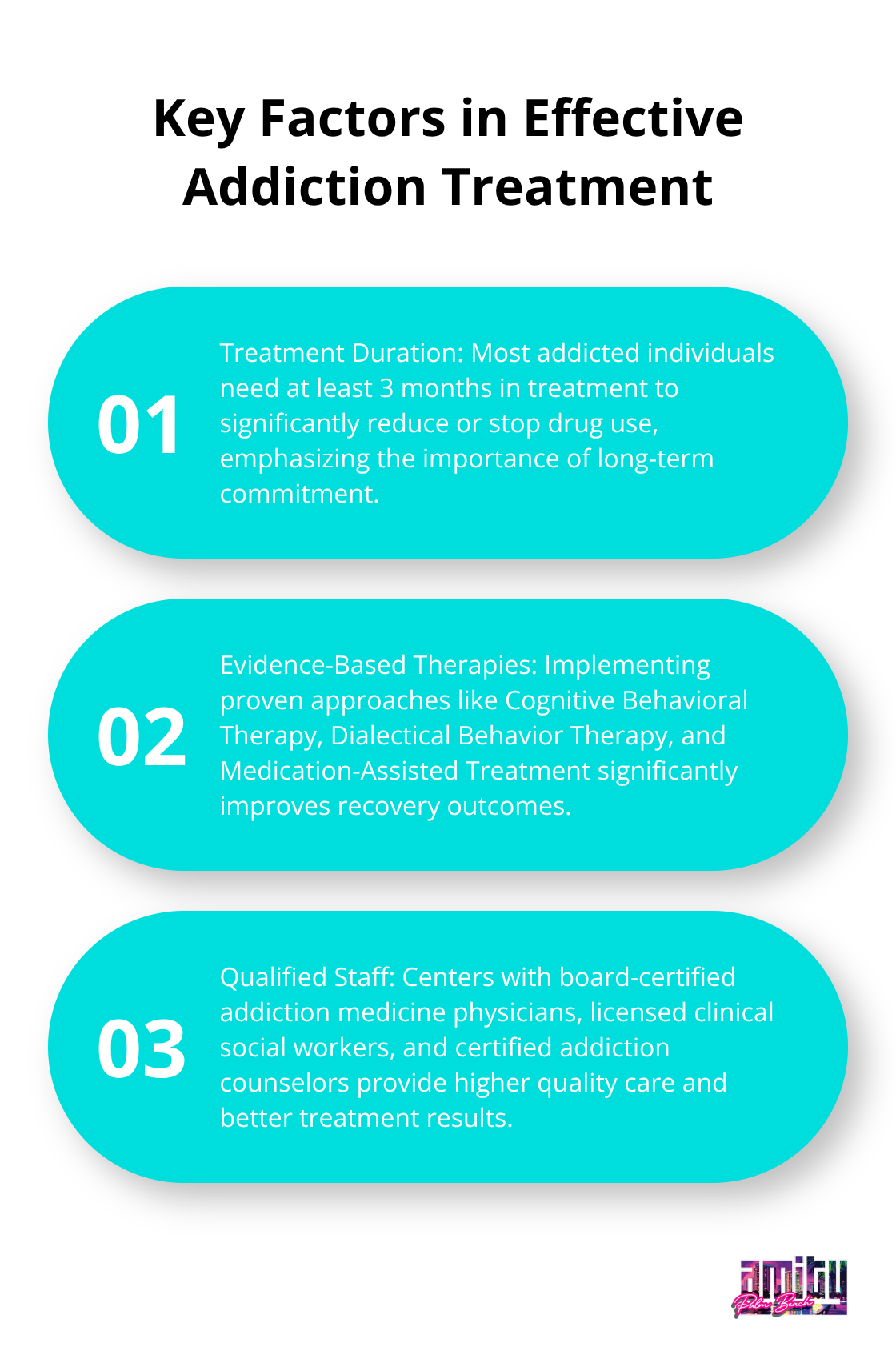
Evidence-Based Treatments Deliver Measurable Results
Cognitive Behavioral Therapy is a well-established intervention with demonstrated efficacy for substance use disorders, making it a non-negotiable component of quality programs. Medication-Assisted Treatment reduces opioid relapse rates significantly according to SAMHSA data, yet some facilities still resist these proven approaches due to outdated philosophies. Top-tier centers integrate multiple evidence-based modalities including Dialectical Behavior Therapy, EMDR for trauma, and family therapy components rather than relying solely on traditional 12-step approaches.
These quality indicators become even more important when you examine specific facilities across different regions of the country.
Leading Rehab Centers Across Different Regions
Geographic location impacts treatment quality and outcomes significantly, with certain regions that consistently produce superior facilities. Sierra Tucson in Arizona earned recognition as the top addiction treatment center in Arizona for 2025, which demonstrates how the Southwest region leads in comprehensive care delivery. Arizona facilities like Cottonwood Tucson and The Meadows of Wickenburg excel at dual diagnosis treatment and trauma-informed approaches, while they maintain lower costs than coastal alternatives. The state’s year-round favorable climate supports outdoor therapeutic activities and creates environments that enhance recovery outcomes.
East Coast Centers Focus on Medical Integration
Massachusetts facilities like Bedrock Recovery Center in Canton provide state-of-the-art detox services with trauma-informed practices, while Florida’s treatment landscape offers unique advantages for long-term recovery. The Haven Detox centers across Massachusetts and Florida combine medical supervision with behavioral health integration. East Coast facilities typically charge premium rates but deliver superior medical oversight during detox phases. Florida’s warm climate and distance from northern trigger environments make it particularly effective for clients who seek geographic separation during early recovery phases.
West Coast Programs Lead Innovation and Luxury Options
California dominates luxury treatment with facilities like Cliffside Malibu and Hazelden Betty Ford Foundation Rancho Mirage, where costs range from $59,500 to $135,000 for comprehensive programs. Summit Estate Recovery Center in Saratoga focuses on personalized treatment plans, while Bayside Marin Treatment Center integrates holistic therapies effectively. California facilities consistently incorporate advanced treatments, with half of Californians over age 12 reporting alcohol use in the past month and 20% reporting marijuana use.
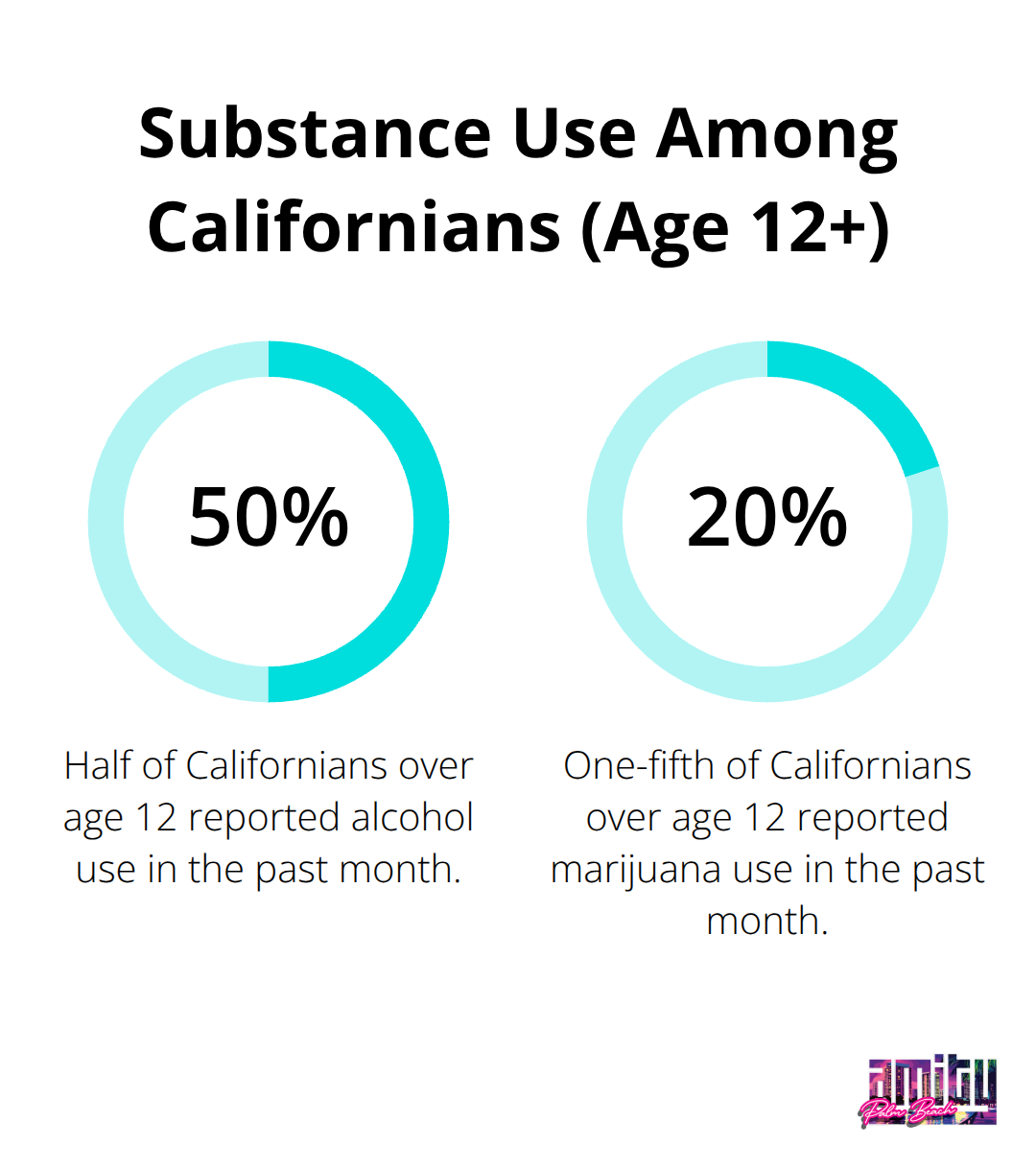
Southwest Region Combines Quality with Value
Arizona leads the Southwest region with facilities that balance clinical excellence and affordability. The Meadows of Wickenburg specializes in trauma-informed care (which addresses root causes of addiction), while Renaissance House provides specialized support for women in recovery. Arizona’s desert climate creates therapeutic environments that support outdoor activities year-round, and facilities here typically cost 30-40% less than comparable California programs.
Midwest and Southern Options Provide Community-Focused Care
Arista Recovery in Kansas emphasizes personalized care in serene environments, while Hidden Oaks Rehab in Texas offers unique off-grid recovery experiences on tranquil ranches. These regions focus on community-based treatment approaches that integrate local support systems effectively. Southern facilities often incorporate faith-based elements alongside evidence-based treatments, which appeals to clients who value spiritual components in their recovery journey.
When you evaluate these regional options, consider how location factors into your specific treatment needs and recovery goals.
How to Choose the Right Rehab Center for Your Needs
Insurance coverage determines your treatment options more than any other single factor, yet most people approach this backwards and select facilities first. Major insurance providers like Aetna, Cigna, and BlueCross BlueShield typically cover 60-80% of treatment costs according to federal parity laws, but coverage varies dramatically between in-network and out-of-network facilities. Insurance verification should happen within 24 hours because delays waste precious time when someone is ready for help. Out-of-pocket costs for luxury programs range from $59,500 to $135,000, while standard residential treatment averages $2,000 to $30,000 for 30 days.
Match Your Treatment Needs to Program Specialties
Dual diagnosis treatment becomes essential when you consider that nearly 50 million Americans aged 12 and older met the diagnostic criteria for a substance use disorder in 2024. Evidence-based therapies like Cognitive Behavioral Therapy and Dialectical Behavior Therapy reduce opioid relapse rates significantly, yet some facilities still resist these proven approaches due to outdated philosophies that view MAT as substitution therapy. Gender-specific programs address unique challenges that men and women face, with research that shows improved outcomes when treatment addresses gender-specific trauma and social pressures.
Program length matters more than most realize. Programs of 90 days or longer are associated with significantly higher rates of sustained sobriety, yet many insurance plans only cover 28-30 days of residential care. This gap between clinical recommendations and insurance coverage creates difficult decisions for families who want comprehensive addiction treatment.
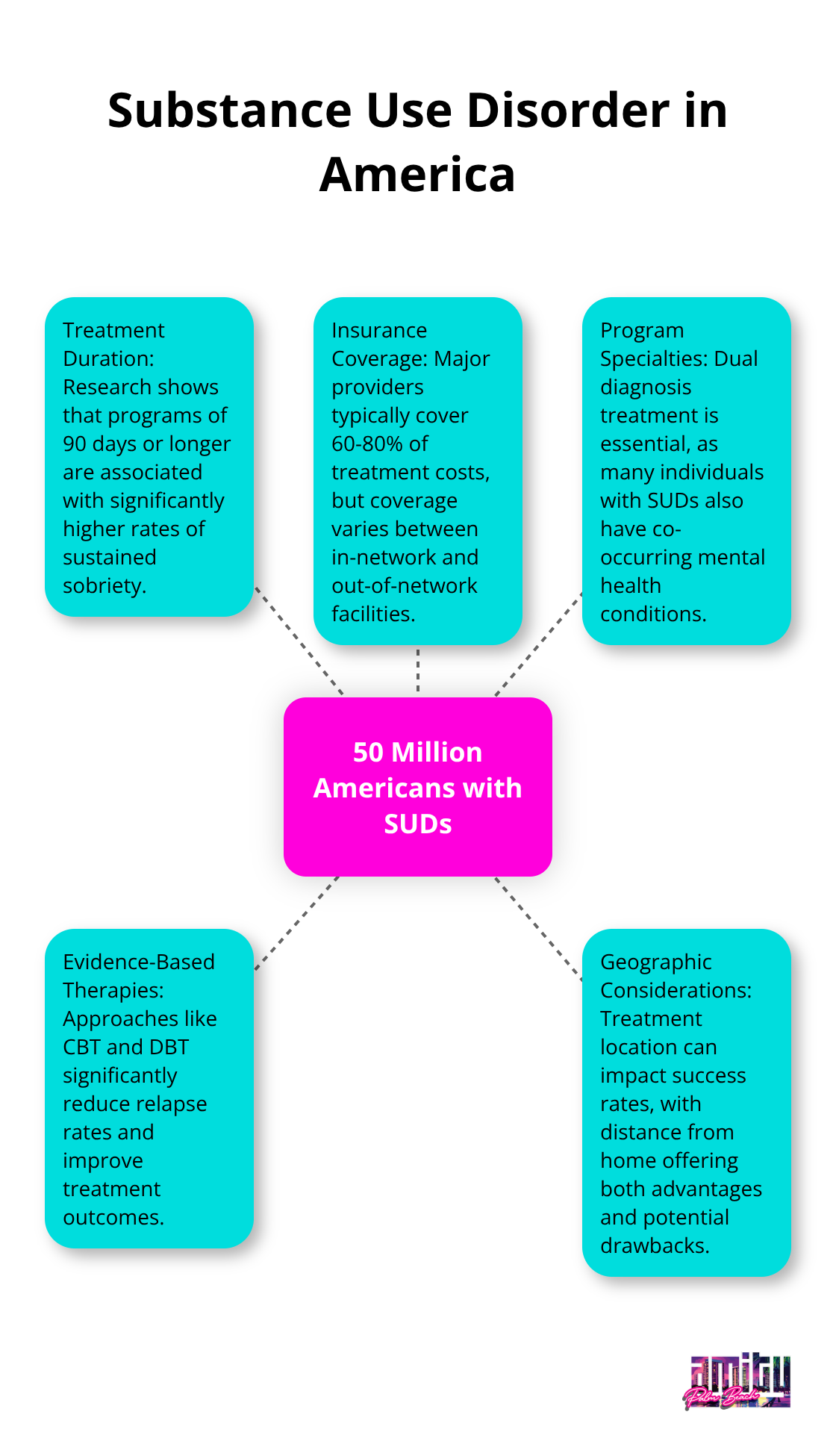
Geographic Distance Creates Recovery Advantages
Treatment location impacts success rates in ways that surprise most families, with distance from home that offers both advantages and drawbacks. California facilities consistently charge premium rates but deliver advanced treatments and year-round outdoor therapeutic activities, while Arizona programs provide similar quality at 30-40% lower costs due to reduced overhead expenses. Florida’s warm climate and geographic separation from northern trigger environments make it particularly effective for clients who need distance from established networks.
Local treatment allows family participation and reduces travel costs, but proximity to home often means proximity to triggers, dealers, and friends who can derail early recovery efforts. The decision between local and distant treatment depends on individual circumstances (including family support systems and local trigger environments).
Evaluate Facility Amenities and Environment
Luxury amenities don’t guarantee better outcomes, but they can improve treatment engagement and comfort during vulnerable recovery phases. Premium facilities offer private rooms, gourmet meals, spa services, and recreational activities that create positive associations with treatment. Standard facilities focus resources on clinical programming rather than amenities, which often produces equally effective outcomes at lower costs.
The physical environment affects mood and motivation throughout treatment. Coastal locations provide calming atmospheres that support reflection and healing, while urban facilities offer convenience and accessibility to ongoing support services after discharge.
Final Thoughts
The best rehab centers in United States prioritize accreditation, evidence-based treatments, and qualified staff over amenities or marketing promises. The Joint Commission and CARF certifications indicate facilities that meet rigorous safety standards, while board-certified addiction medicine physicians and proper staff-to-patient ratios deliver personalized care that produces lasting recovery outcomes. Insurance verification should happen immediately when someone is ready for help, as coverage determines available options more than any other factor.
Geographic location impacts success rates significantly, with distance from home that offers both advantages and potential drawbacks depending on individual circumstances and family support systems. The first step toward recovery starts with honest assessment of your specific needs, including dual diagnosis requirements and program length preferences. Quality treatment centers provide hope backed by clinical expertise (creating environments where healing becomes possible and sustainable recovery takes root).
We at Amity Palm Beach combine evidence-based treatments with personalized care, offering medically supervised detox, residential treatment, and comprehensive addiction treatment programs designed for lasting recovery. Our approach focuses on addressing both substance use disorders and underlying mental health conditions through proven therapeutic methods. Contact us today to learn how our programs can support your journey toward lasting sobriety.



